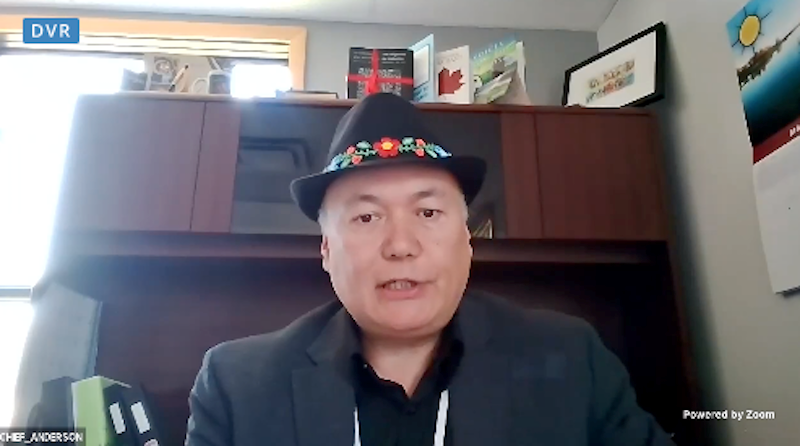More than 40 housing units will be completed on three Northern Manitoba First Nations by the end of the year through the federal government’s Rapid Housing Initiative.
The northern housing units – 28 in Norway House Cree Nation, 10 in Tataskweyak Cree Nation and eight in Mathias Colomb Cree Nation – are among 80 being created in Manitoba through $15.6 million in federal funding.
“The COVID-19 pandemic has only underscored and worsened the housing challenges [faced by First Nations],” said Northern Affairs Minister Dan Vandal during an online press conference May 18. “The reality is that populations who are at the most at risk are more likely to find themselves in precarious housing situations. We know that addressing deep and longstanding housing challenges is not a quick fix. We need to continue to keep working with First Nations communities to develop long-term solutions.”
Work has already begun on the new homes in Norway House. The housing units are made from sea can shipping containers that are designed to sit directly on the ground and to be energy efficient, said Chief Larson Anderson, whose First Nation entered into a partnership with a company to build the homes.
“Getting rid of the middleman is a big advantage for First Nations and for any community,” said Anderson.
The no crawl-space design was chosen because of northern conditions.
“The trouble with Northern Manitoba is that there’s high humidity and very cold temperatures," said the chief. “We’re finding that we’re having a lot of mould issues that stem from the crawlspaces that we have.”
The units will also be outfitted with solar panels to help power some of the less energy-intensive electrical fixtures like lights.
Anderson said housing was an issue when he was a band councillor in the 1990s and the problem remains today.
Manitoba Keewatinowi Okimakanak Grand Chief Garrison Settee, whose political advocacy organization includes the three northern First Nations among its members, said housing is a human right and welcomed the rapid housing initiative as one step in a long process of improving First Nations housing.
“Housing is a critical and urgent need that requires the cooperation of all levels of government, including First Nations governments,” said Settee. “Innovation and creativity are two of the fundamental aspects of addressing the housing shortages of First Nations. The Rapid Housing Initiative is a step in that direction, in addition to continued efforts in the future.”




